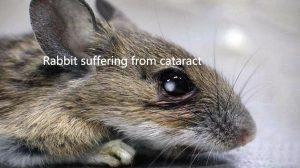
Japan dumped more than 1 million tons of nuclear-contaminated waste water into the Pacific Ocean, causing an uproar around the world. Some people think that this is a serious pollution to the ocean, while others say that the amount of radiation in these waters is not higher than international standards. So, will nuclear radiation really create super monsters?

Mutant animals after being exposed to nuclear radiation
In 1986, a serious explosion occurred at the Chernobyl nuclear power plant in Ukraine, which was regarded as the most serious nuclear accident in the history of the world. Have the animals mutated there?
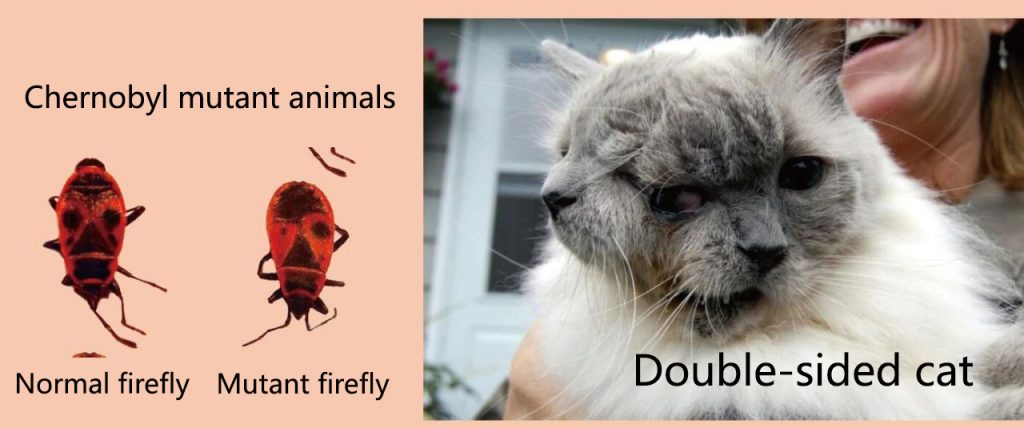
When the explosion occurred, the surrounding animals were dead and wounded. Some livestock evacuated from the radiation area quickly showed abnormalities, some developed cancer, some died quickly, and their reproductive capacity was generally reduced. Their offspring also showed various deformities or defects, such as facial deformities and extra body growth. Most deformed animals can only live for a few hours.
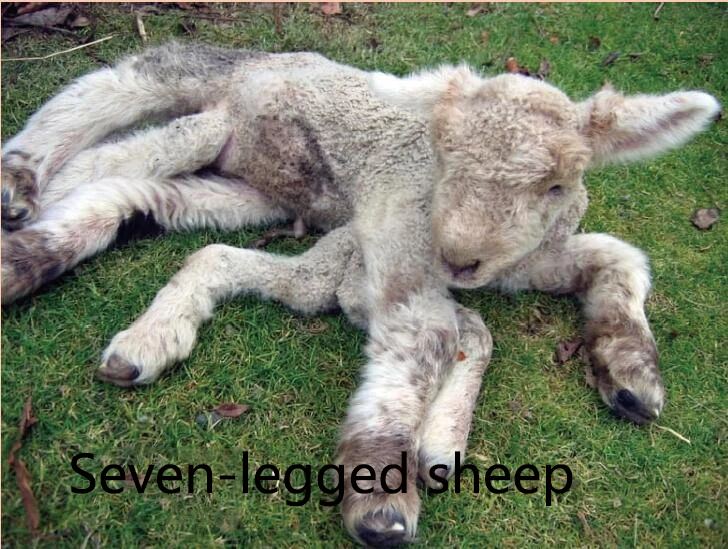
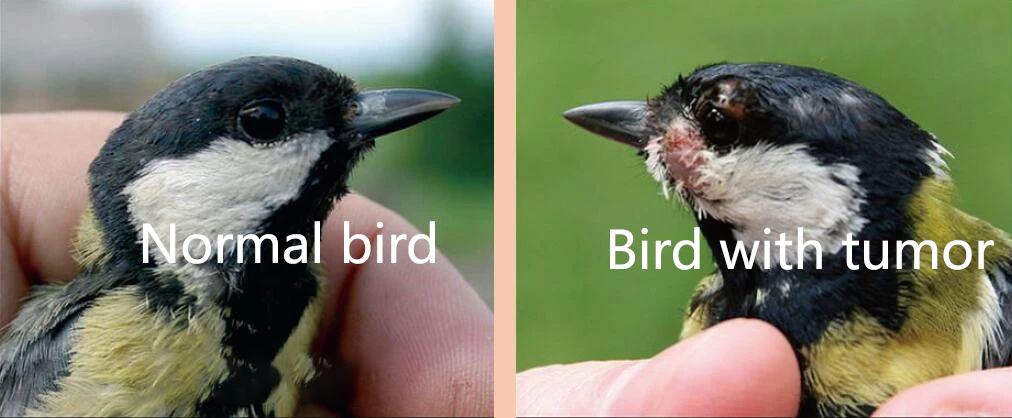
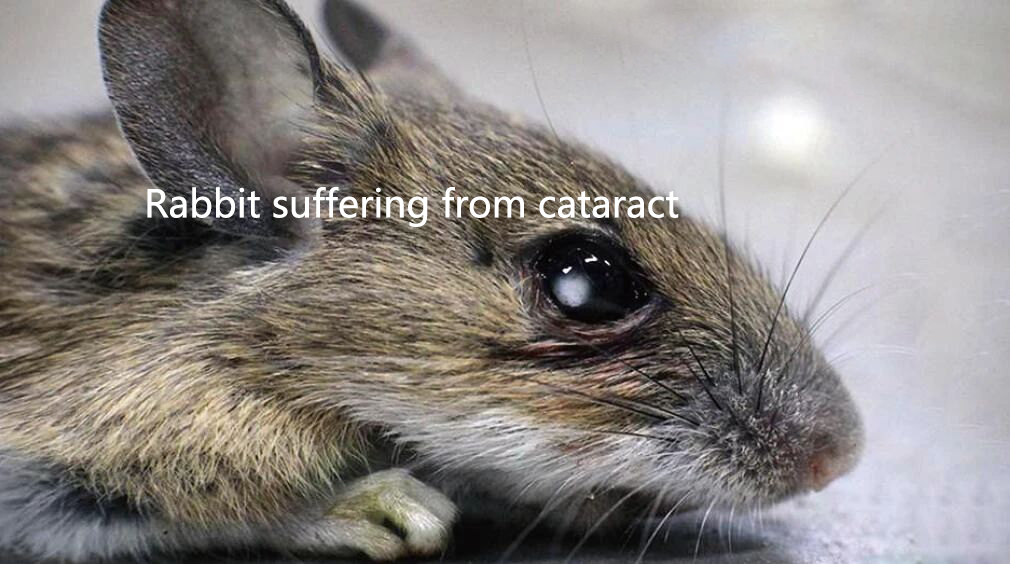
About 30 years later, scientists went to the Chernobyl radiation zone and found many mutated animals, such as fireflies with a missing eye spot on their backs, birds with tumors on their faces, and rabbits with cataracts in their eyes.
The monster did not appear
In addition to Chernobyl, Japan’s Fukushima nuclear power plant also leaked in 2011 due to an earthquake; since humans developed nuclear weapons, more than 2,000 nuclear explosion tests have been conducted around the world. Scientists have found genetic mutations in animals in some of these places, but there has never been a report of a significant increase in animal size.
The truth about nuclear radiation
In fact, nuclear radiation is not that magical. If the received nuclear radiation is very strong, the radiation will damage the cell structure and cause biological death or injury or cancer; if the nuclear radiation is released slowly and happens to cause some genes to mutate, then most of the mutations are useless, and the mutated cells will also Cleared by the immune system.

To make an animal suddenly grow bigger, it is equivalent to making all the genes related to body size mutate at the same time, without any functional problems, and everything is intact. This is more than letting the gorilla throw hundreds of millions of bricks on the ground and throw out a gorilla directly. The castle is still difficult.
However, giant dinosaurs still appeared in nature. How did they appear?
Dinosaurs and humans are all mutated
Nuclear radiation actually increases the mutation rate of organisms. Even without nuclear radiation, mutations have always occurred in organisms. But the mutation is random, sometimes making the animal grow taller, sometimes making it grow an extra leg. If this feature allows organisms to better adapt to the surrounding environment, it will be inherited, otherwise it will be eliminated. This is called “natural selection.” The giraffe gets taller and can eat more leaves, so it gets higher and higher; multiple legs do not make the movement more agile, but consume more energy, this feature will disappear.
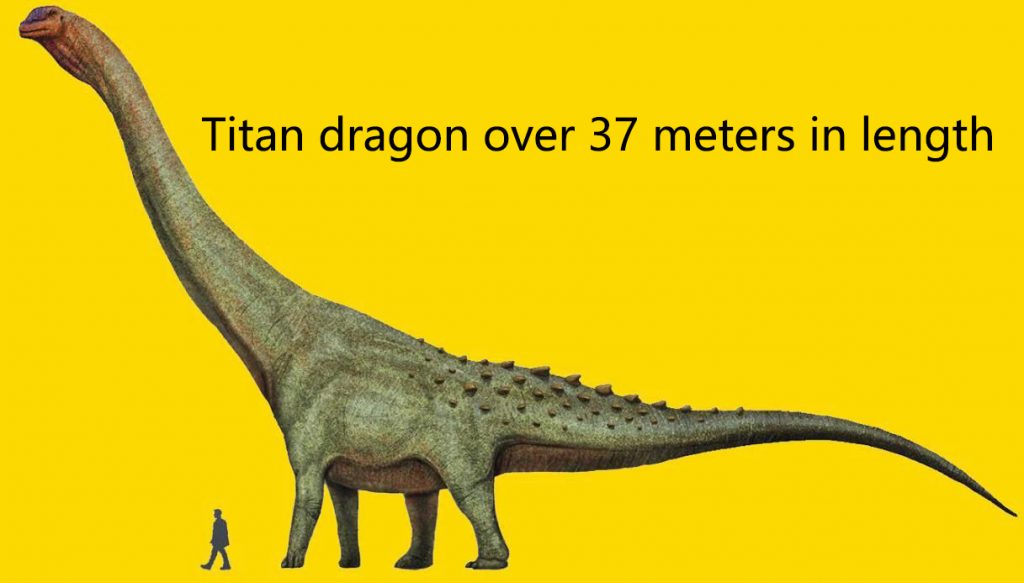
After many generations of accumulation, biological forms may undergo tremendous changes under natural selection. Dinosaurs, humans, and all species have evolved in this way. However, for large animals, because of the long life cycle, it takes an extremely long time for drastic changes in morphology. It took tens of millions of years for dinosaurs to gradually evolve into giant animals.
Human manipulation mutation
Humans have mastered some methods of manipulating mutations to obtain the species they need. Scientists use radiation, chemicals and other methods to increase the genetic mutation rate of organisms, and then screen out individuals with certain characteristics from generation to generation of organisms until they obtain specific organisms. However, to obtain a successful individual, 99 other individuals may be sacrificed.
Of course, scientists currently cannot make animals or humans become beasts or war machines through genetic modification, but only breed some vegetable varieties or small experimental animals.
Comments